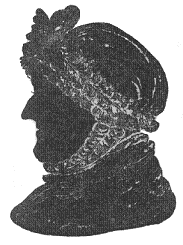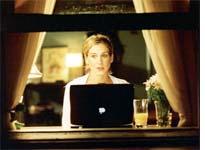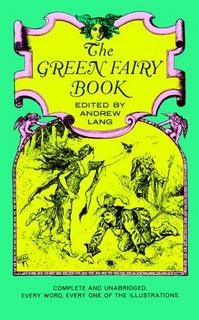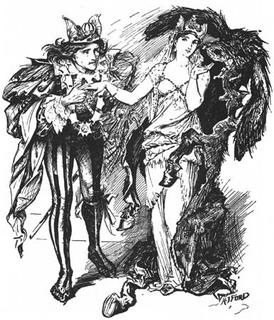
Yesterday I wrote a short scene between the heroine of my very new mess-in-progress and her mother. The heroine’s father had to be dead, for plot purposes, but I thought perhaps the mother might prove an interesting character. Well, I tried her one way and another—sympathetic, controlling, whiny, funny—and nothing clicked. So I decided she was just better off dead, too. I may revive her at some point, but only if she has something entertaining to contribute to the story!
I think there’s a reason why heroines of romances often don’t have mothers, or at least not ones who are present for most of the story. The mother/daughter relationship is very complex and can take over from the romance. A mother’s good counsel might keep a heroine from making her own mistakes and learning from them. And depending on the story, having a mom around might destroy the mood.
And yet, is creating orphaned characters an easy (and cheap) way to buy a reader’s sympathy? A problematic mother (like Mrs. Bennett in Pride & Prejudice) can escalate conflict, but wouldn’t it be refreshing to see more positive mother figures in romance fiction?
Most books I recall that included such a mother also featured a hero with bigger problems than the heroine’s, where it made sense that a mother’s support would help her deal with him. Some examples: Julia Ross’s MY DARK PRINCE and Jo Beverley’s DEVILISH.
Can anyone else think of examples of interesting fictional mothers, good, bad and ugly?
Elena
www.elenagreene.com/






